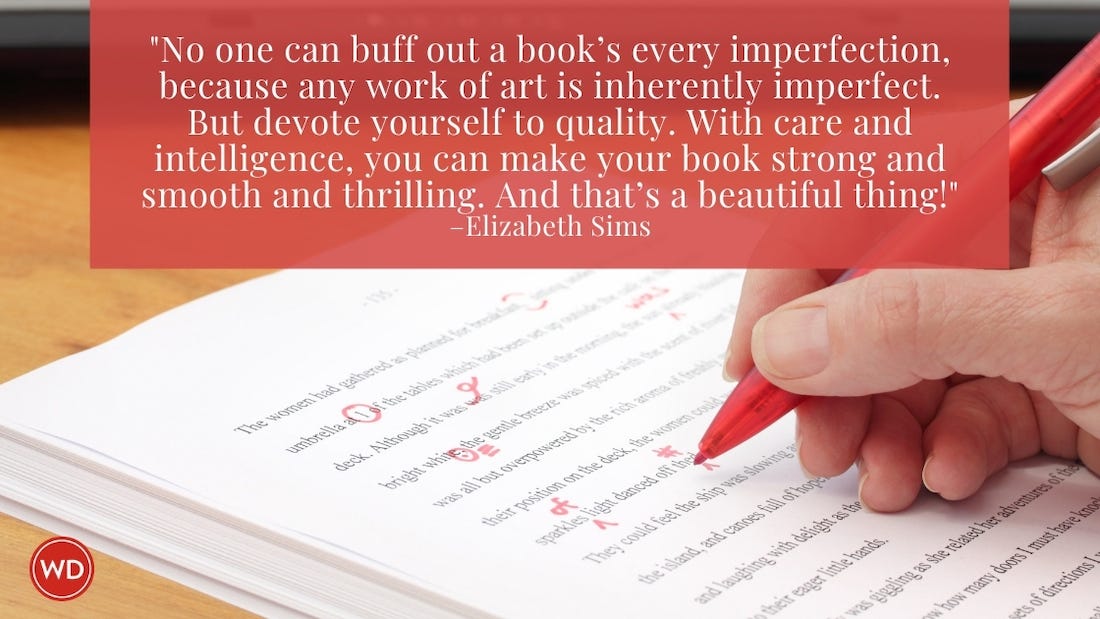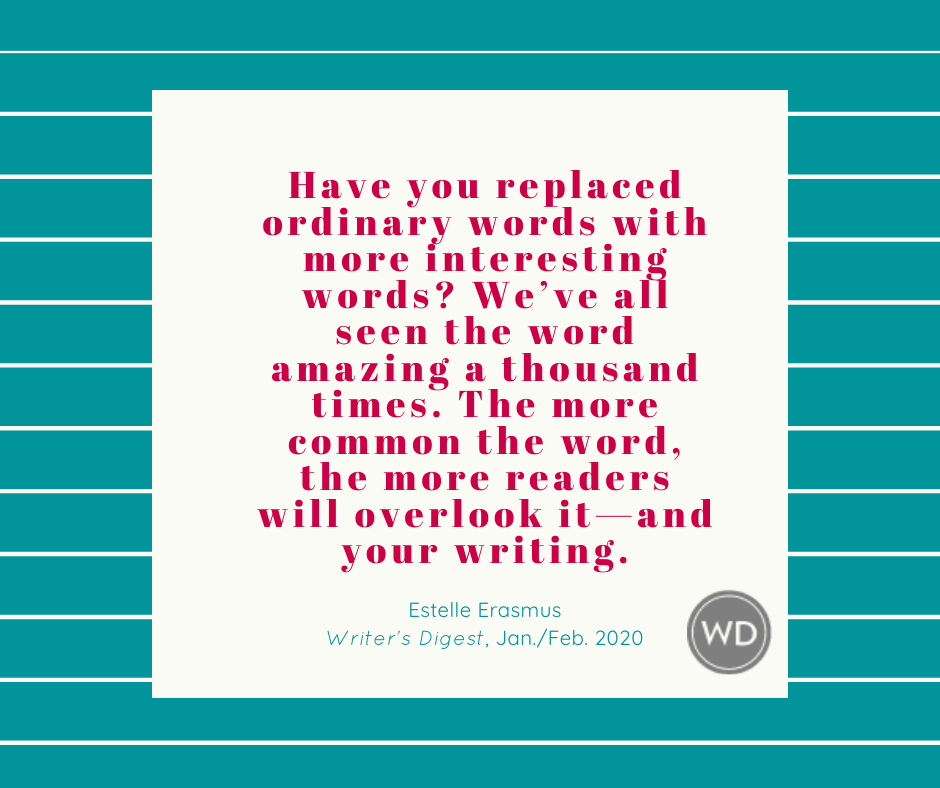The Art of the Paragraph: Applying Paragraphing Techniques in Your Fiction Writing
Paragraph writing in fiction doesn’t follow traditional rules. In this series, we cover how to write a good paragraph by exploring different lengths and kinds of paragraphs—and when to use them. Here, learn how to apply paragraphing techniques in your fiction.
Paragraph writing in fiction doesn’t follow traditional rules. Like storytelling itself, it is artistically liberated, and that liberation gives it the potential to contribute to the story’s aesthetic appeal. Paragraphs build a story segment-by-segment. They establish and adjust the pace while adding subtle texture. They convey mood and voice. They help readers visualize the characters and the way they think and act by regulating the flow of their thoughts and actions.
In this series, adapted from "The Art of the Paragraph" by Fred D. White in the January 2018 issue of Writer's Digest, we covered paragraph writing, how to write dialogue and more by exploring different lengths and kinds of paragraphs—and when to use each one.
So far, we've studied five basic paragraphing techniques that you can apply in your fiction. Read about each one by clicking the links below, or keep reading to learn how you can apply these principles in your writing:
- SINGLE-SENTENCE PARAGRAPHS
- DESCRIPTIVE PARAGRAPHS
- INFORMATIVE PARAGRAPHS
- DIALOGUE PARAGRAPHS
- MONOLOGUE PARAGRAPHS
Applying Paragraphing Techniques in Your Fiction
We’ve been looking at paragraphing techniques piecemeal out of necessity. But once you’re actually writing, you tend to think holistically: What preceded this moment, and what must happen next. To use a musical metaphor, how will you orchestrate your story, using all the paragraphing techniques I’ve just described? Instead of deploying all five types at once, you’ll likely be using one or two at a time, giving them double duty (for instance, using dialogue that reveals character attitudes while deepening the story’s milieu).
In George Gissing’s New Grub Street—an underappreciated (in my opinion) novel about commercial writers struggling to make a living in late-19th-century London—pay attention to the way the author orchestrates these opening paragraphs to pull the reader in.
As the Milvains sat down to breakfast the clock of Wattleborough parish church struck eight; it was 2 miles away, but the strokes were borne very distinctly on the west wind this autumn morning. Jasper, listening before he cracked an egg, remarked with cheerfulness:
“There’s a man being hanged in London at this moment.”
“Surely it isn’t necessary to let us know that,” said his sister Maud, coldly.
“And in such a tone, too!” protested his sister Dora.
“Who is it?” inquired Mrs. Milvain, looking at her son with pained forehead.
“I don’t know. It happened to catch my eye in the paper yesterday that someone was to be hanged at Newgate this morning. There’s a certain satisfaction in reflecting that it is not oneself.”
“That’s your selfish way of looking at things,” said Maud.
“Well,” returned Jasper, “seeing that the fact came into my head, what better use could I make of it? I could curse the brutality of an age that sanctioned such things; or I could grow doleful over the misery of the poor—fellow. … Things are bad with me, but not so bad as THAT.” …
He was a young man of five-and-twenty, well built, though a trifl e meager, and of pale complexion. He had hair that was very nearly black, and a clean-shaven face, best described, perhaps, as of bureaucratic type. …
“A man who comes to be hanged,” pursued Jasper … “has the satisfaction of knowing that he has brought society to its last resource.” …
“Suppose we talk of something else,” suggested Dora.
Skillful paragraphing aids readability. It also sets the pace of the narrative, generates mood and helps make characters three-dimensional.
So ignore the school textbook rules about the so-called well-made paragraph. Keep these three principles in mind instead:
1. PARAGRAPHS MANAGE CONTENT: A scene can be constructed in any number of ways—it’s up to you to break it down to the most dramatic effect.
2. PARAGRAPHS AMPLIFY VOICE: How your narrator sounds and thinks aff ects the rhythm and even the design of the paragraph.
3. PARAGRAPHS HELP GENERATE MOOD: Is it introspective and thoughtful, or hurried and staccato? Note how the length and type of the paragraphs can maintain or change the mood in a scene.
Remember that paragraphing is more an element of individual style than of grammar: You are in charge of what a paragraph should do or what shape it should take.
Fred D. White is the author of The Writer’s Idea Thesaurus, Where Do You Get Your Ideas? and The Daily Writer. His latest, Writing Flash, will be published this spring.









